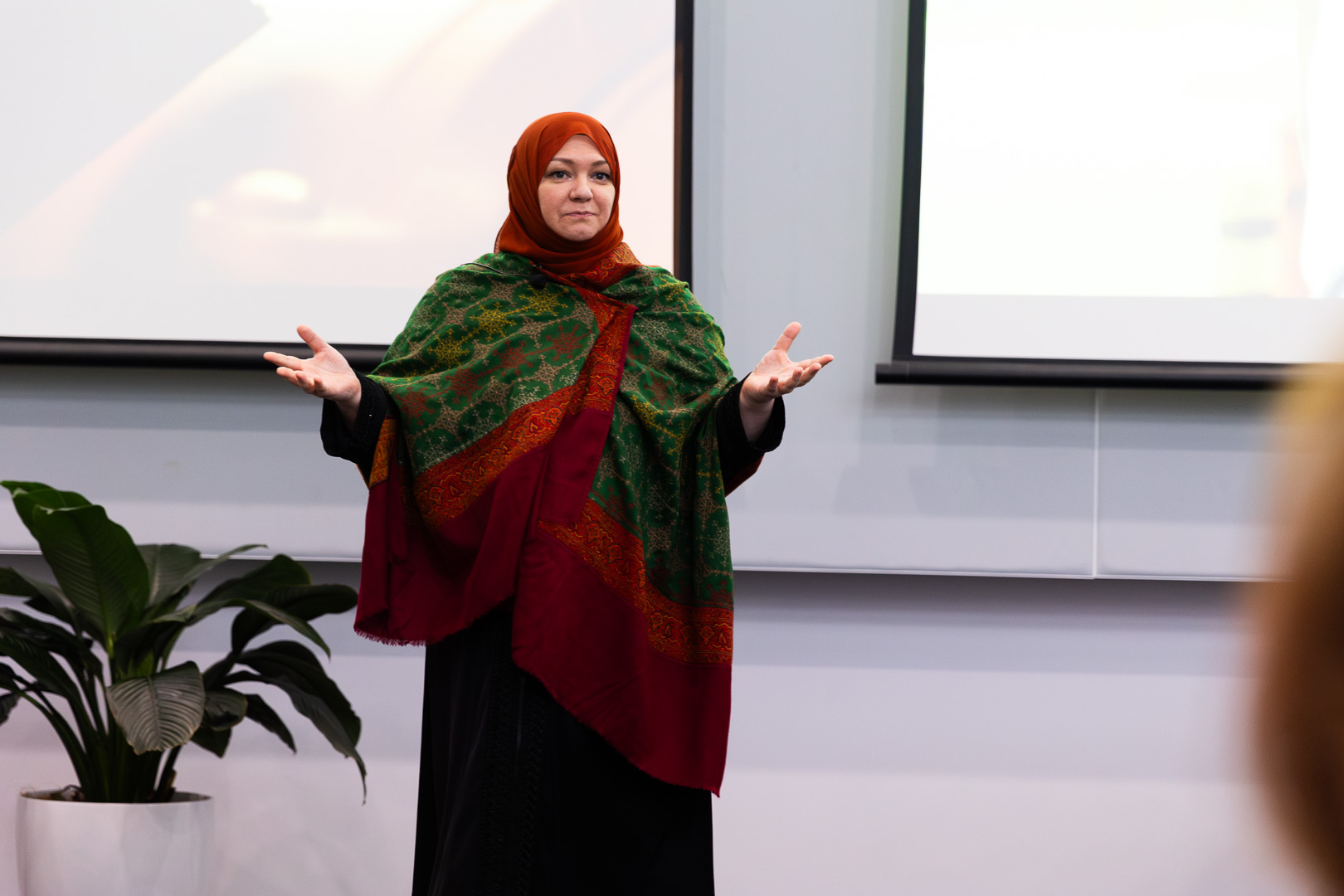
About the competition

The Three Minute Thesis (3MT®) is an academic research communication competition developed by The University of Queensland (UQ), Australia.
The Three Minute Thesis (3MT®) is an academic research communication competition developed by The University of Queensland (UQ), Australia.
Three Minute Thesis heats are held across the University of Canberra’s faculties each year. The finalists progress to the UC 3MT Finals where they will present their thesis at a live event in front of a panel of judges.
Competitors needed to convince the judges and audience of their research significance in no more than three minutes, for a chance to win the $4,000 first place prize, $2,000 for the runner up, and $1,000 people’s choice prize.
#UC3MT #UniCBR

Faculty heats will be held across two combined heats on Tuesday 6 June during our Research Festival week. The winner, runner-up, and people’s choice wildcard from each heat will move on to the Final.
Heat 1
- Faculty of Education
- Faculty of Arts & Design
- Faculty of Business, Government and Law
Heat 2
- Faculty of Health
- Faculty of Science and Technology
2023 UC 3MT Competition
Get to know the #UC3MT finalists for 2023 and vote for your favourite pitch. Just by voting you could be in the running to win a $100 Visa debit card.
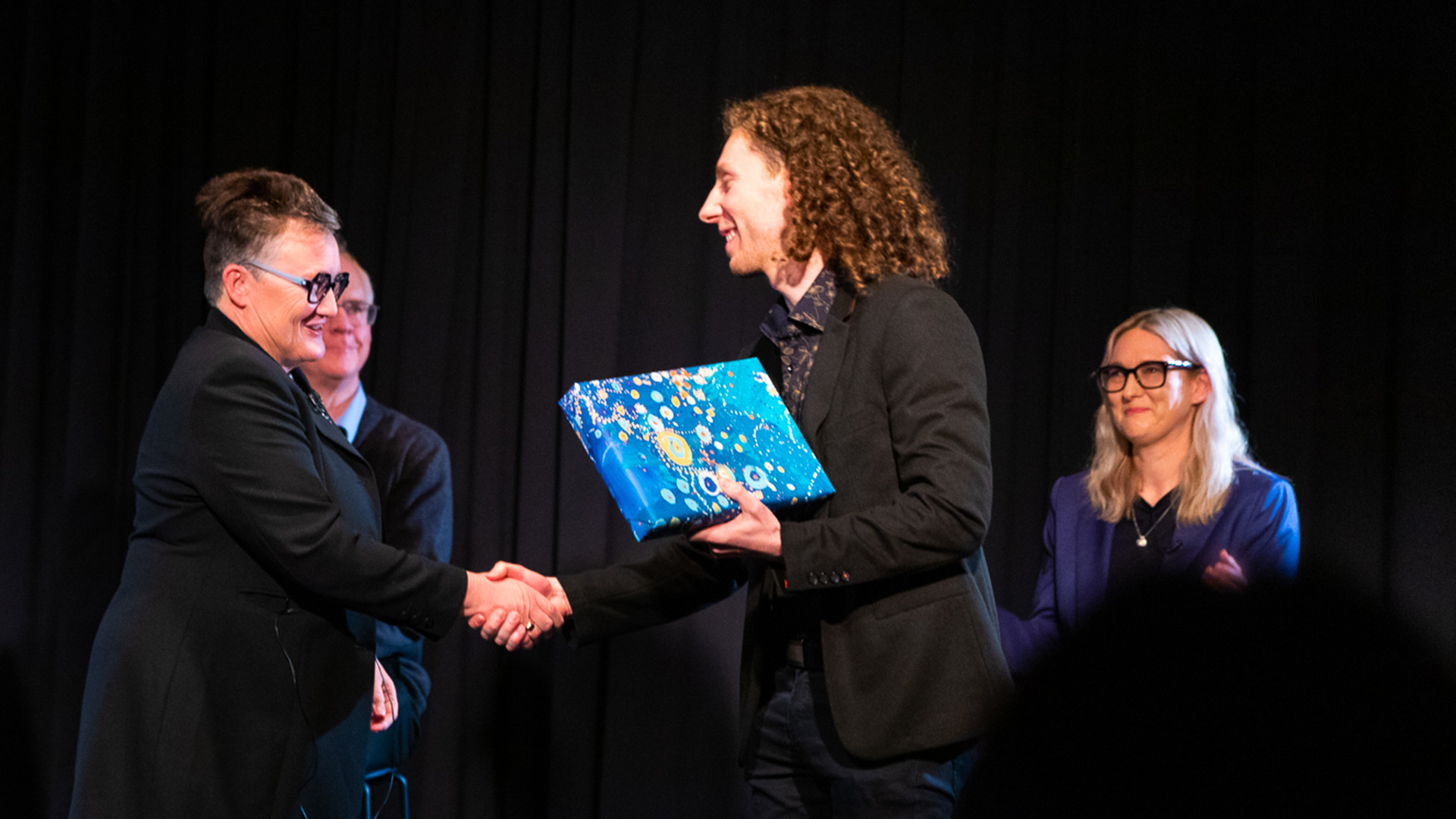
Past finalists

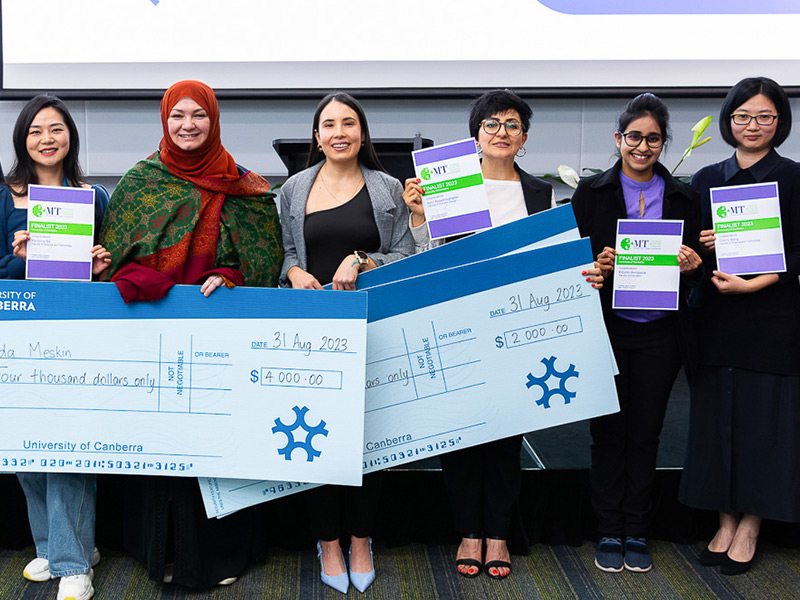
2023 3MT finalists
View the finalists’ profiles and video pitches and watch the 2023 UC 3MT livestreamed final.
- Winner: Senada Meskin, Faculty of Arts and Design
- Runner-Up: Sara Chica Latorre, Faculty of Health
- People’s Choice Award: Sara Chica Latorre, Faculty of Health
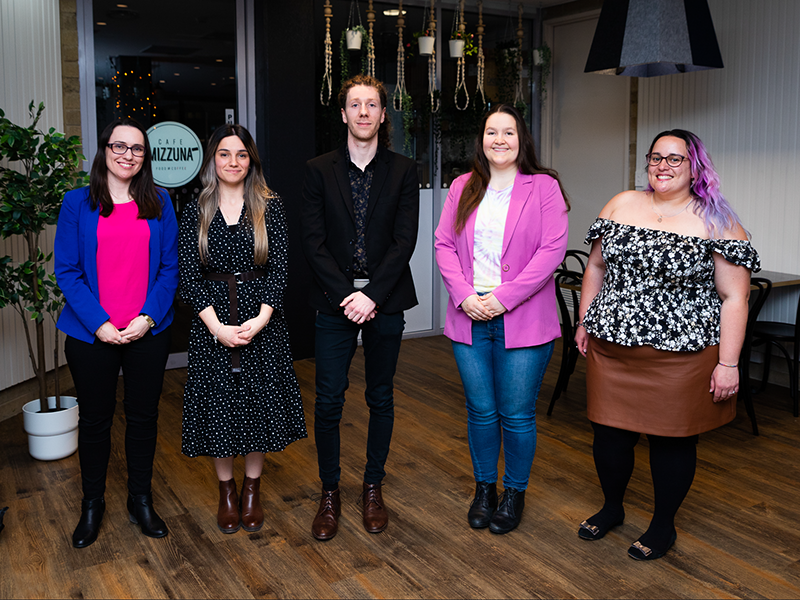
2022 3MT finalists
View the finalists’ profiles and video pitches and watch the 2022 UC 3MT livestreamed final.
- Winner: David Hinwood, Faculty of Science and Technology
- Runner-Up: Natalie Downes, Faculty of Education
- People’s Choice Award: Natalie Downes, Faculty of Education
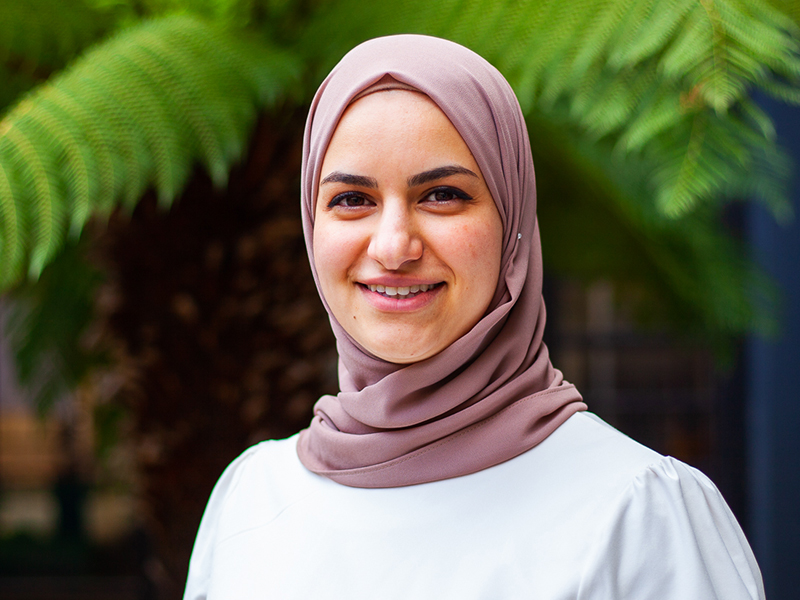
2021 3MT finalists
View the finalists’ profiles and video pitches and watch the 2021 UC 3MT livestreamed final.
- Winner: Dua’a Ahmad, Faculty of Science and Technology
- Runner-Up: Alex Lascu, Faculty of Health
- People’s Choice Award: Jane Phuong, Faculty of Business, Government and Law
Prize list
Major prize
$4,000 towards the candidate's research funds
Runner up prize
$2,000 towards the candidate's research funds
People's Choice Award
$1,000 towards the candidate's research funds
All Higher Degree by Research candidates may participate in training and faculty heats.
Doctoral candidates who have passed confirmation are eligible for the UC Finals and can proceed to the Asia Pacific 3MT semi-finals.
Not eligible to proceed to the UC Finals or Asia-Pacific 3MT competition:
- Masters (MPhil and coursework)
- Professional Doctorate
- Any HDR candidate who has not passed confirmation
- A single static PowerPoint slide is permitted. No slide transitions, animations or 'movement' of any description are allowed. The slide is to be presented from the beginning of the oration.
- No additional electronic media (e.g. sound and video files) are permitted.
- No additional props (e.g. costumes, musical instruments, laboratory equipment) are permitted.
- Presentations are limited to 3 minutes maximum and competitors exceeding 3 minutes are disqualified.
- Presentations are to be spoken word (e.g. no poems, raps or songs).
- Presentations are to commence from the stage.
- Presentations are considered to have commenced when a presenter starts their presentation through either movement or speech.
- The decision of the adjudicating panel is final.
Judging criteria
Comprehension and content
- Presentation provided clear background and significance to the research question
- Presentation provided clear positionality of the presenter to the research and research approach
- Presentation clearly described the research strategy/design and the results/findings of the research
- Presentation clearly described the conclusions, outcomes and impact of the research
Engagement and communication
- The oration was delivered clearly, and the language was appropriate for a non-specialist audience
- The PowerPoint slide was well-defined and enhanced the presentation
- The presenter conveyed enthusiasm for their research and captured and maintained the audience’s attention
Want to compete?
Our HDR Candidate Development team explain the Three Minute Thesis competition and how it will be run at UC in 2023.
2022 Runner-Up and People's Choice winner, Natalie Downes, shares how the experience of participating in the 3MT® training and competing has benefitted her research.
